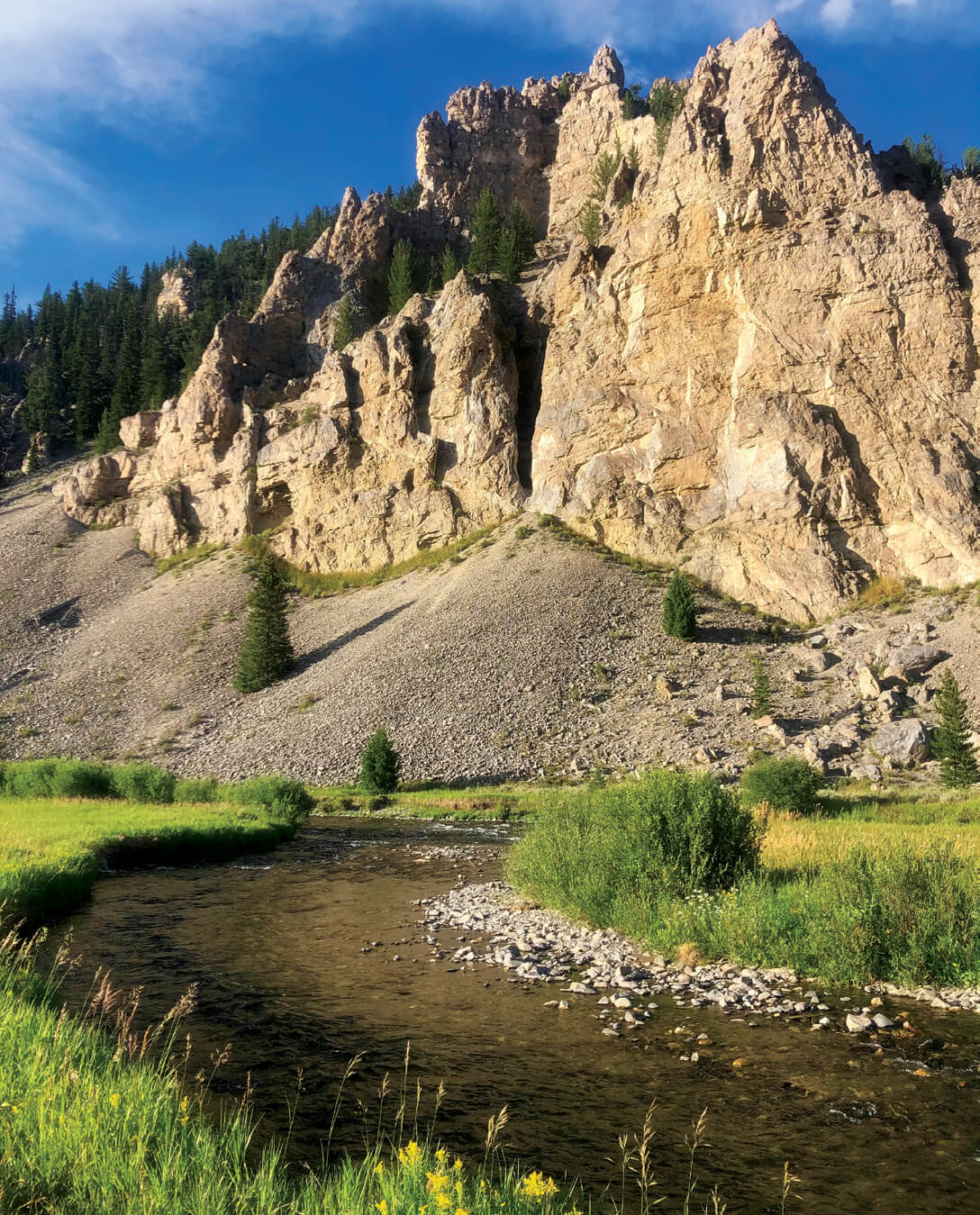
01 Feb Round Up: The Wild and Scenic Rivers Act
Montana occupies a special place in America’s conservation lore. Not only is it home to the world’s first national park — Yellowstone — but it’s also where one of the nation’s first wilderness areas, the Bob Marshall, was designated, which, in turn, set the stage for the passage of the Wilderness Act.
Montana is also where the idea for the nation’s preeminent river conservation law, the Wild and Scenic Rivers Act, was born. The idea was conceived by the Craighead brothers, John and Frank, who were conducting wildlife research near Glacier National Park when the U.S. Army Corps of Engineers proposed building the Spruce Park Dam on the Middle Fork of the Flathead River in the mid-1950s. As biologists, the Craigheads knew that if the nation wanted to protect its wildlife legacy, it needed to create a new conservation system focused on protecting the lower-elevation river corridors where most species live. After stopping the dam and lobbying Congress for over a decade, the brothers saw their vision become reality when President Lyndon B. Johnson signed the Wild and Scenic Rivers Act into law on October 2, 1968.
Today, the National Wild and Scenic Rivers System protects 13,467 miles of 228 rivers in 41 states and the Commonwealth of Puerto Rico. While that may sound like a lot, less than one-half of one percent of the nation’s 2.5 million miles of rivers are federally protected. Montana has five Wild and Scenic Rivers — the three forks of the upper Flathead River, a 150-mile stretch of the upper Missouri River, and East Rosebud Creek, which became Montana’s newest protected river in 2018.
That number could soon increase dramatically, however. Last November, Senator Jon Tester reintroduced the Montana Headwaters Legacy Act in Congress. The bill would protect 384 miles of 20 Wild and Scenic Rivers, doubling the number of protected river miles in Montana. Among the rivers that would gain protection if the bill passes are the Boulder, Gallatin, Madison, Smith, Stillwater, and Yellowstone.
Unlike the Wilderness Act, which applies only to undeveloped lands and prohibits all motorized and mechanized activities, the Wild and Scenic Rivers Act protects all kinds of rivers, from pristine mountain streams to urban waterways. The act protects designated rivers from any federally permitted projects that would harm their free flow, water quality, or outstandingly remarkable values, which vary by river. Federally licensed dams are strictly prohibited on Wild and Scenic Rivers, but other activities, such as forest management and livestock grazing, are generally allowed to continue. Wild and Scenic designation does not affect private property development or existing water rights, and the protections apply only to a half-mile-wide corridor.
Advocates of the act say the bill is needed now, more than ever, due to unprecedented development pressures combined with climate change, but Montana’s congressional delegation has yet to unify behind it. Whether that happens in the coming months will likely decide if Montana adds to its conservation legacy.




No Comments